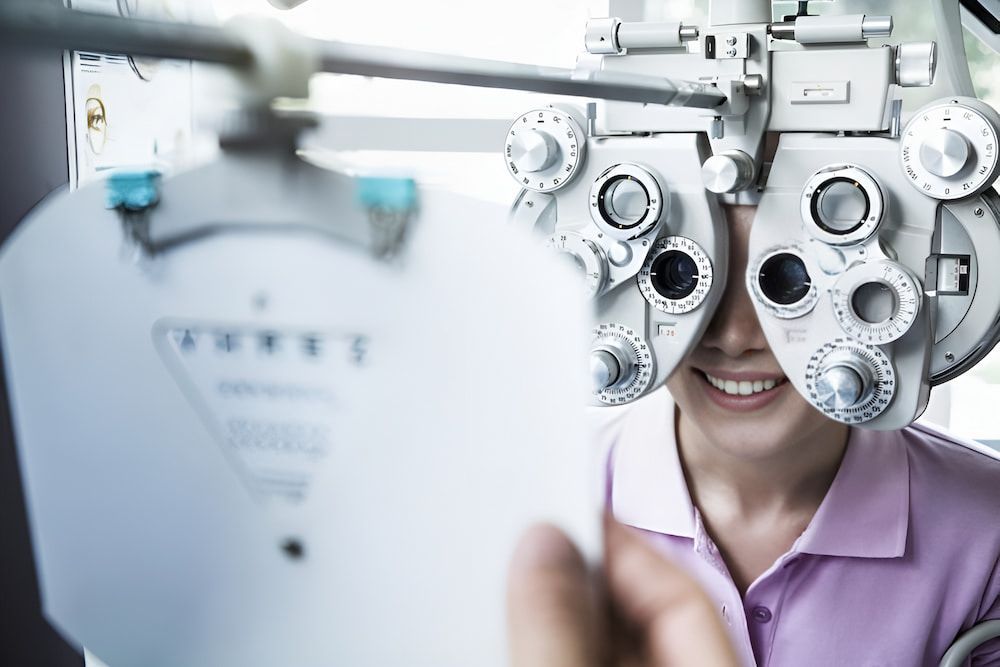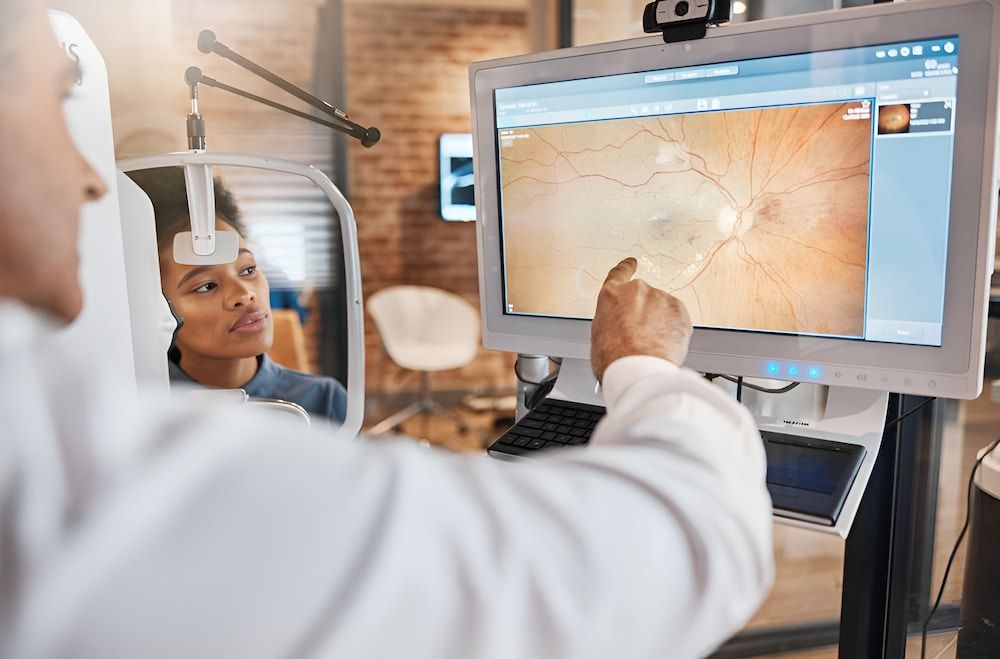Diabetic Eye Examinations in Cairns
Protecting Your Vision
- Michael Chu Optometrist offers specialised diabetic eye examinations to help patients in Cairns and surrounding areas.
- Detects and manages conditions such as diabetic retinopathy, cataracts and glaucoma. Regular screenings allow us to detect subtle changes early, reducing the risk of long-term damage to your vision.
- Comprehensive exams use advanced diagnostic tools, including retinal imaging, to monitor for any signs of deterioration.
- Book your diabetic eye examination today by calling
(07) 4031 2788 and take a proactive step toward preserving your vision.
Extensive range of frames and sunglasseS
Partnered with the Australian Optometrist Association
Electronically claim on health care through all major funds
Advanced Testing for Early Detection
Diabetes is one of the most common diseases in older Australians. Diabetic eye disease refers to a group of eye problems that diabetics may face as a complication of their diabetes. All can cause severe vision loss or even blindness.
Diabetic eye disease may include:
Diabetic retinopathy - occurs when the tiny blood vessels inside the retina at the back of the eye are damaged as a result of diabetes. This can seriously affect vision and in some cause blindness
Cataracts - occurs when the normally clear lens of the eye becomes cloudy. Cataracts develop at an earlier age in people with diabetes.
Glaucoma - is associated with an increase in fluid pressure inside the eye that leads to optic nerve damage and loss of vision. A person with diabetes is nearly twice as likely to get glaucoma as other adults.
During your eye appointment, we will provide a thorough eye examination including a digital photograph. Often there are no symptoms in the early stages of the disease, nor is there any pain. Don't wait for symptoms. In order that sight threatening changes can be detected, and treated, before vision is lost, it is essential that people with diabetes have an eye examination at least once a year if not more.




















































